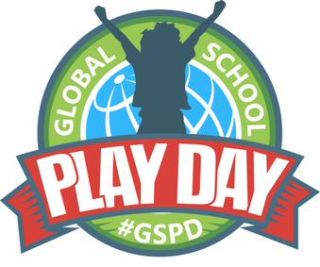You're probably familiar with Billy Joel's 1989 song "We Didn't Start the Fire". It includes a list of over a hundred news headlines spanning 1949-1989. I was driving to work one day this week and I heard this song on the radio. I thought to myself, as I was singing along, why not rewrite a version of this song only change the lyrics to highlight our learning throughout the year? I think we could also make a music video, without the fire, and have a picture slideshow going on in the background. I think this will make a lovely open house project. I'm growing so fond of making videos with my class, I think we might just have to have a film festival style open house next year! It would be even cooler to set it up outside and do it drive-in movie style! We could have popcorn and...okay I'm getting a little ahead of myself with just a couple of weeks until this open house happens. This year a cool video, next year it's a drive-in style media festival.
Getting started:
My plan for song writing started with some wall charts and a brainstorming session with the class of all of the things we have learned, activities they liked. things that they remember, etc. Then I put all of the words and phrases into a document with dotted lines to be cut out. There were several pages of words, but I intentionally left one page blank so that the students had a place for new ideas if something came up.Background knowledge:
We have done some songwriting already this year and we have talked about the importance of using using similar rhymes when rewriting a song, and syllable counts to match up rhythm. We have also talked about the chorus and hook, so my class already knows these terms. We also watch a lot of Mr.Nicky and History Teachers songs, which I love so much I even use the songs as timers when we play vocabulary games.Putting it all together:
My plan is to assign small groups of students a verse from the song to rewrite. The students will cut out the word strips from our brainstorming session and match them up with rhymes and lines from the song. I think having the words cut out, so that they can move them around will help with the song writing. Each group will be in the video performing their own verse to the song. The chorus part, I think we will write together as a class after the verses are done. I have a feeling "burning" will be changed to learning, but beyond that I don't know. They're ideas are always better than mine when doing these things, and I've learned to trust in that and let them do the work. I'll just sit back, wear the cool Billy Joel sunglasses and run the video camera.
Visit my Teacher's Pay Teacher's store to download this lesson.
Visit my Teacher's Pay Teacher's store to download this lesson.
















